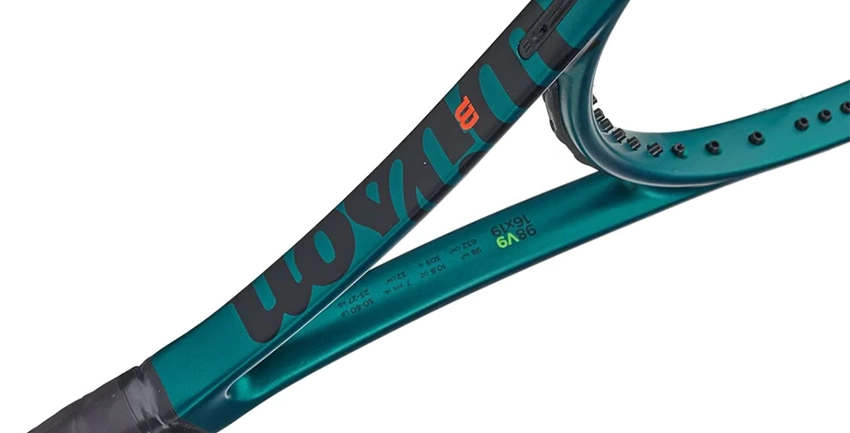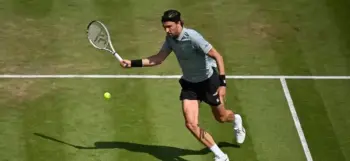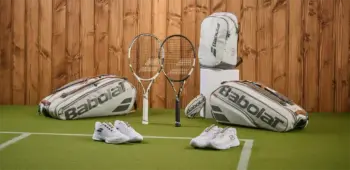This Wilson Blade 98 V9 16/19 Review took place over a period of months. The big question is: is it better than V8?
The problem with that question is that the difference between them is small. The mold is the same and the layup is very similar. The color of it is, of course, ultra-subjective. Personally, I like both, but the color-shifting of the V8 is more pronounced.
If you are a fan of the Blade racquet series, you won’t be disappointed with V9. Every generation has its shares of pros and cons and we will get to those later in the post.
You can buy the new Wilson Blade racquets and other Wilson tennis racquets from the websites below.
Where to buy?
Find a huge selection of Wilson racquets at Tennis Only.
Our recommended tennis store for Australia!
Where to buy?
Find a huge selection of Wilson racquets at Tennis Warehouse Europe!
Use the code TNERD10 for a 10% discount right now.
Where to buy?
Find a huge selection of Wilson racquets at Tennis Warehouse.
Our recommended tennis store for North America!
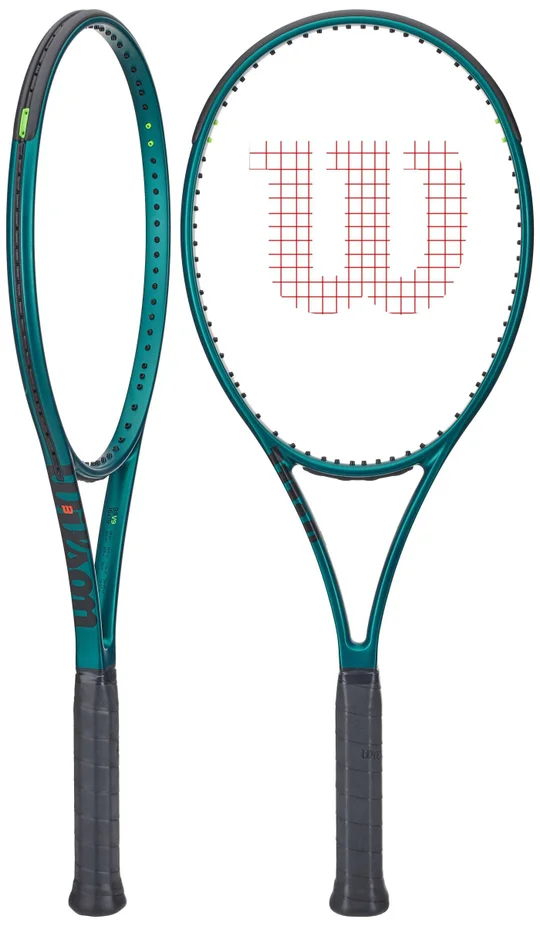
Specs and tech
Specs
The mold is the same as V8 and like the previous generation, V9 includes Direct Connect Technology, which fuses the end cap directly to the carbon fiber handle for increased stability. Wilson’s FortyFive layup technology also remains, which Wilson claims increases lateral flexibility to complement the explosive vertical mechanics of the modern game (think heavy ball).
New for the V9 Blades is StableFeel technology, which introduces a slightly firmer layup for greater stability and easier access to power.
If you need to change grommets, you will likely appreciate the Clip & Go grommet system, which locks down the bumper and makes for easier grommet replacement.
Below you find the average specs from Tennis Warehouse, which aligned well with my two Blades (came from different sources and is a sign that Wilson has worked on their quality control).
Should I buy it?
If you love your V8 Blades, this upgrade will not play drastically differently. It is more of the same but with slightly more power and depth on your shots. It should be an easy transition if you want to upgrade to the latest model.
Most racquet manufacturers play it safe when they have a successful model like the Blade 98. You see this racquet everywhere and there is a reason for that. The Blade is such a versatile racquet that gives players looking for control, a little more power and spin than traditional control racquets.
You need to bring your own pace and spin to the game when you use the Blade, but if you do, it delivers confidence and consistency.
If you need pace and spin, the Blade 100 or Blade 104 might be worth considering instead of the 98. But you won’t get the same precision with those models.
Check out our video review of the Wilson Blade V9 racquets:
Who is it for?
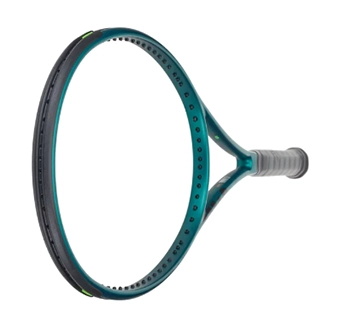
As mentioned above, the Blade 98 is for intermediate to advanced players who bring their own pace and spin. The 16/19 model is a bit more forgiving and spin-friendly than the 18/20 and the open pattern (fewer strings) also gives it a lower swing weight. I would say most players should pick the 16/19 over the 18/20. But if you really need pinpoint precision, the 18/20 does the job a bit better.
You can string this racquet rather low to open up more depth and more forgiving sweet spot. I tried it with various string setups like Solinco Hyper-G Round and Luxilon 4G and could still control the ball well down at 20 kg or 44 lbs. So there are always ways to “open up” more control-oriented racquets using the right string and tension. The racquets also respond well to gut or multi hybrids.
I also tried customizing it by adding more weight to the handle and a few grams to the 3 and 9 positions. This is the spec I’m used to and work really well for my game. Some more weight in the hoop adds stability and power and I find that works well on the Blade 98.
What does it compare to from other brands?
The Blade 98 competes with racquets like the HEAD Radical MP, Dunlop CX 200 and Babolat Pure Strike 98. The feel is a tad more dampened than those racquets, but it is not like you don’t feel the ball, which was the issue for me when Wilson used Countervail in the layup. I find the racquet to play more solid in stock form than both the Radical and the CX 200 (this racquet sadly comes drastically sub-spec). The Pure Strike 98 is stiffer and more powerful and seems to always come in at high swing weights.
Regarding quality control, the Blade 98 racquets I got were both ON spec. This is rare in this industry and is a strong thumbs up for me if Wilson can keep it up.
Summary
This Wilson Blade 98 16/19 V9 review made it clear that this racquet line is one of the most well-balanced control racquets on the market. It is hard to find any faults with it. Yes, this is not a huge update from V8, but most manufacturers seem to be following the strategy of not fixing what isn’t broken. In this case, fine.
You will find more powerful racquets and more control-oriented racquets. There are more spin-oriented racquets too. However, the Blade 98 16/19 has found the middle really well and many players will find plenty to like here. The Blade line is a modern classic for a reason. One of the most playable tennis racquets on the market.
Is V9 better than V8/V7/V6/V5/V4/V3/V2/V1? I tried it alongside the V5, V7 and V8. It felt like the V9 was more solid and easier to use. The V7 has a longer dwell-time, which is nice, but the sweet spot is smaller and the power level lower. The V5 is still excellent, but this one does feel more refined with a more generous sweet spot.
Simply a great racquet.
